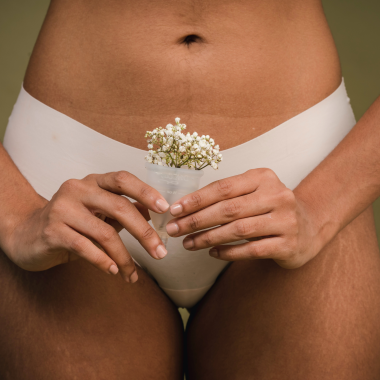Menstruation is a natural biological process that occurs in women of reproductive age, and it can often bring physical and emotional discomfort. However, regular exercise can help alleviate many of these symptoms and improve overall well-being during this time. In this article, we will explore the benefits of exercising during menstruation, the impact of the menstrual cycle on physical activity, and how to adapt your workout routine to suit your needs during different phases of the cycle.
Benefits of Exercise During Menstruation
- Alleviates Menstrual Cramps:
Menstrual cramps are a common and painful symptom experienced by many women during their period. Regular exercise has been shown to reduce the intensity and frequency of menstrual cramps. This is because physical activity increases blood flow to the uterus, which reduces muscle contractions and thus reduces pain. - Promotes Sleep:
Menstruation can often lead to sleep disturbances, but exercise can help improve the quality and duration of sleep. Physical activity can regulate the body’s circadian rhythm and promote restful sleep, which is especially important during menstruation. - Reduces Stress:
Menstruation can be a stressful time for many women, but exercise can help reduce stress and anxiety. Regular physical activity increases endorphin levels, which are the body’s natural painkillers, and can help improve mood. - Boosts Energy:
Although many women experience fatigue during their period, exercise can help boost energy levels. Regular physical activity increases the circulation of oxygen and nutrients to the muscles, which can improve energy levels and overall physical performance.
How to Exercise During Your Menstrual Cycle
It is essential to understand that the menstrual cycle is divided into four distinct phases, each with its own hormonal changes and physical symptoms. By understanding these changes and adapting your workout routine accordingly, you can optimize the benefits of exercise during menstruation.
- Menstrual Phase (Days 1-5):
This is the first phase of the menstrual cycle, and it is characterized by the shedding of the uterine lining. During this time, women may experience menstrual cramps, bloating, and fatigue. Light exercise is recommended during this phase, such as yoga or low-impact activities like walking. - Follicular Phase (Days 6-14):
This phase begins after the menstrual phase and lasts until ovulation. During this time, hormone levels, including estrogen, begin to rise. Women may experience increased energy levels and improved mood, and this is an ideal time for higher-intensity exercises, such as resistance training or cardio activities. - Ovulatory Phase (Days 14-18):
Ovulation is the process of releasing an egg from the ovary, and it typically occurs in the middle of the menstrual cycle. During this phase, estrogen levels are at their highest, and progesterone levels begin to increase. Women may experience increased flexibility and improved coordination, and this is an ideal time for more challenging exercises, such as high-intensity interval training (HIIT) or weightlifting. - Luteal Phase (Days 19-28):
This is the final phase of the menstrual cycle, and it is characterized by the thickening of the uterine lining in preparation for pregnancy. During this time, progesterone levels are highest, and women may experience decreased energy levels, decreased mood, and increased bloating. During the luteal phase, women may benefit from moderate-intensity exercises, such as yoga or light cardio, which can help reduce stress and increase energy levels.
Tips for Exercise During Menstruation
- Listen to your body: It is important to listen to your body and adjust your workout routine based on your physical and emotional needs during different phases of the menstrual cycle. If you are feeling particularly fatigued or in pain, it may be best to take a rest day or switch to a gentler form of exercise.
- Stay hydrated: Proper hydration is important for overall health and well-being, but it is especially important during menstruation. Make sure to drink plenty of water before, during, and after exercise to help reduce cramps and bloating.
- Wearing comfortable clothing and menstrual products during exercise can help reduce discomfort and distractions. Consider using a menstrual cup or comfortable pads to prevent leaks and allow for maximum movement during physical activity.
- Warm up properly: Warming up before exercise is important to prevent injury, but it is especially important during menstruation. Gentle stretching and light cardio can help reduce menstrual cramps and prepare the body for physical activity.
- Cool down and stretch: After exercise, it is important to cool down and stretch to prevent injury and promote recovery. Gentle stretching can help reduce menstrual cramps and improve flexibility.
Exercising during menstruation can bring a range of physical and emotional benefits, but it is important to listen to your body and adapt your workout routine accordingly. Regular exercise can help alleviate menstrual cramps, promote sleep, reduce stress, and boost energy levels. By understanding the impact of the menstrual cycle on physical activity and following the tips outlined in this article, women can optimize the benefits of exercise during menstruation.








